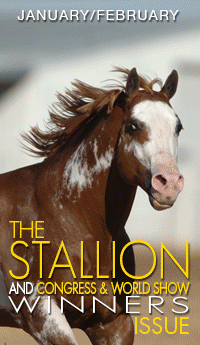Take the Quiz: How Will Your Horse’s Risk of Colic Change This Spring?
April 5, 2019 Comments Off on Take the Quiz: How Will Your Horse’s Risk of Colic Change This Spring?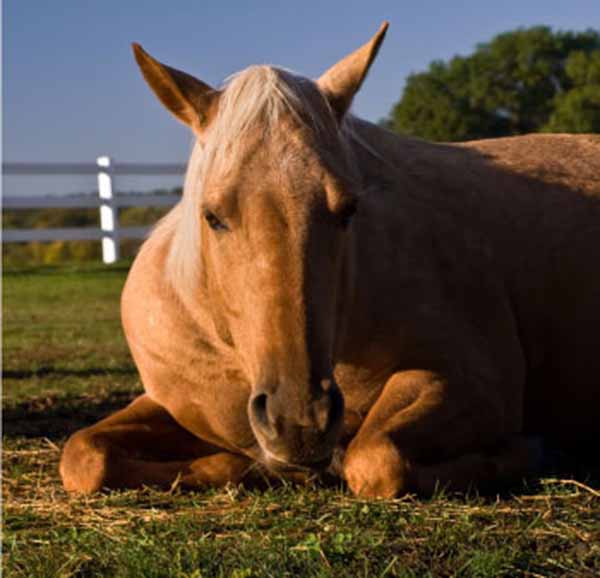
According to the Colic Risk Rater, there was an 11% chance that Brandy may colic while at the training facility. Now, in the 24-hour time period after Brandy returns to her home facility, there is a 50% chance that she may colic. There are things we can do to reduce this risk. Strategies like bringing water, hay and concentrate feed from the training facility and making a gradual transition to the feeds used at home will lessen the many changes that Brandy already has to adjust to.
Continue reading …What Your Horse’s Hoof Angle Might be Telling You
April 4, 2019 Comments Off on What Your Horse’s Hoof Angle Might be Telling You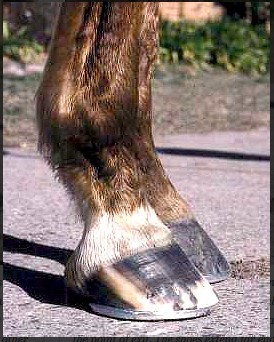
A horse should have roughly a 50-degree angle of the front wall of the hoof to the ground. The angle of the hoof should match the angle of the dorsal surface of the pastern. If this angle, or line, is broken, it indicates a poor trim due to either too much toe, a concave break in the line, or too much heel, a convex break in the line.
Continue reading …AQHA Adresses Reforms in Horse Racing Industry
April 4, 2019 Comments Off on AQHA Adresses Reforms in Horse Racing Industry
AQHA is opposed to any federal legislation that would ban therapeutic medications, as well as race-day use of furosemide, and therefore continues to work with international, national and state racing organizations and commissions that are well versed in specific racing issues to evaluate protocols to allow for uniform medication rules and deterrents of performance-enhancing drugs.
Continue reading …Discuss Influenza Vaccinations With Your Vet
April 3, 2019 Comments Off on Discuss Influenza Vaccinations With Your Vet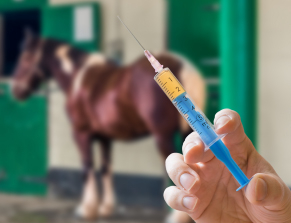
“There does seem to be some misconceptions regarding specific vaccines, especially the modified live vaccines. By far, the biggest concern I hear from horse owners is that their horse could potentially become sick from the modified live vaccine and they are concerned that their horse could then pass this disease onto other horses. I also hear concerns of unvaccinated horses becoming inadvertently vaccinated from a recently vaccinated horse within the herd.”
Continue reading …Preventing or Treating Thrush in Horses
March 30, 2019 Comments Off on Preventing or Treating Thrush in Horses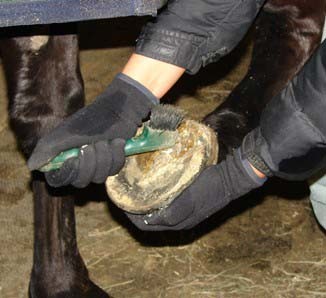
Thrush is the destruction of a portion of the horse’s hoof called the frog. This destruction is caused by an anaerobic bacteria and fungi that is not contagious. Thrush brings with it a recognizable, strong-smelling odor coming from the affected area. Although thrush is a somewhat common condition, it shouldn’t be underestimated. If left untreated, it may penetrate the sensitive structures of the hoof and cause temporary to permanent lameness.
Continue reading …Taking Steps Towards Tendon Regeneration in Horses
March 29, 2019 Comments Off on Taking Steps Towards Tendon Regeneration in Horses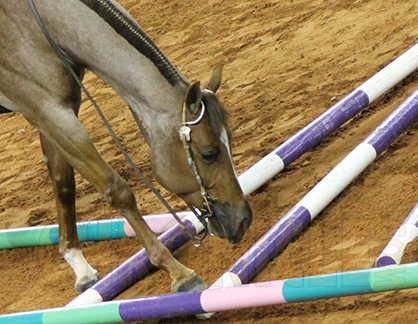
Scientists have taken a step towards the goal of regenerating damaged tendons with the discovery that embryonic stem cells (ESCs) can produce “artificial tendon” in the presence of inflammation.
Continue reading …Is Your Horse Misbehaving? Consider the Possibility of Stomach Ulcers
March 28, 2019 Comments Off on Is Your Horse Misbehaving? Consider the Possibility of Stomach Ulcers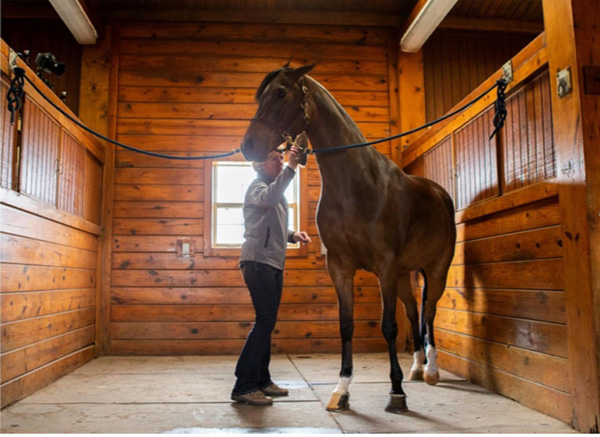
Two out of three competitive horses have them.1 Anywhere there is stress, stomach ulcers may be a risk. Stress comes from many sources, such as frequent trailering, intense training and loud, unfamiliar noises at the showgrounds. And it’s not just those that show. Non-competitive horses are also susceptible as 30 percent of pleasure horses have ulcers.3
Continue reading …All IR/EMS Horses Have Some Degree of Laminitis
March 26, 2019 Comments Off on All IR/EMS Horses Have Some Degree of Laminitis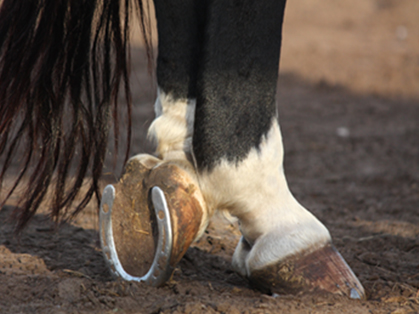
Specifically, there is lengthening and thinning of the dermal lamellae that leads to weakening and predisposes to separation, with resultant white line widening, rotation, and sinking. This occurs without the basement membrane damage and white blood cell infiltration characteristic of other types of laminitis.
Continue reading …Guidelines For Rotavirus- Leading Cause of Diarrhea in Foals
March 23, 2019 Comments Off on Guidelines For Rotavirus- Leading Cause of Diarrhea in Foals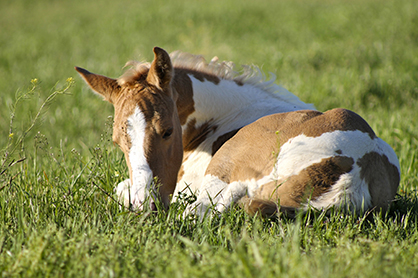
“Foal diarrhea remains a disease of enormous significance to the horse industry,” said Dr. Dwyer. “Rotavirus is one of the most common pathogens in major breeding areas worldwide. Early recognition, diagnosis, treatment and biosecurity in cases of foal diarrhea are key to minimizing disease impacts to breeding farms.”
Continue reading …Indiana Commission Approves Prohibiting Albuterol in Quarter Horses
March 22, 2019 Comments Off on Indiana Commission Approves Prohibiting Albuterol in Quarter Horses
“It is frustrating as an owner to see abusers win races, then continue to be allowed to race,” she says. “I’m in favor of stiffer fines and penalties to discourage trainers from using both clenbuterol and albuterol.”
Continue reading …






